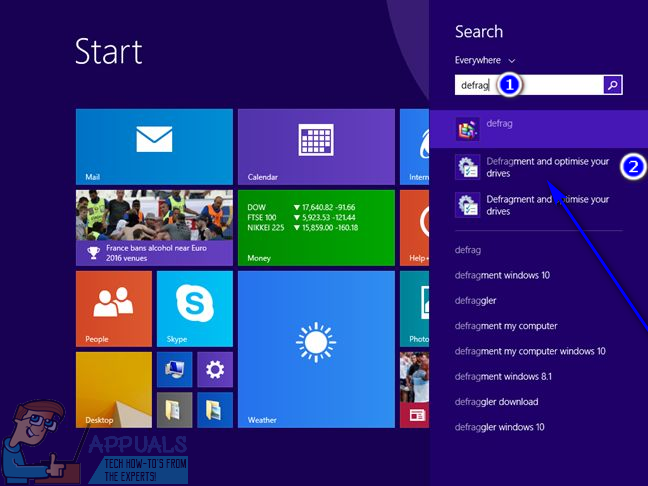
When not to use Optimize Drives in Windowsĭo not optimize USB drives. For more details, read What is SSD TRIM, why is it useful, and how to check whether it is turned on. While the focus of the defragmentation is to increase the speed of reading information from the disk, TRIM helps primarily with prolonging the lifespan of the solid state drive. You might also see improved startup times.įor solid state drives, Optimize Dives applies a technique called TRIM. Doing this increases the access speed to your files by minimizing the time required to read and write files to and from the disk and by maximizing the transfer rate. Windows has adapted, and the new Optimize Drives app can deal with both hard disks and solid state drives applying separate optimization procedures.įor hard disks, when defragmenting a disk partition, Windows rearranges the files stored on the disk so that they occupy contiguous storage locations.

While Windows kept defragmenting hard disks, the solid state drives (SSD's) have started to replace them, and the defragmentation does not work any more as an optimization technique. The traditional role of the Optimize Drives app has been to defragment hard disks, and it continues to do a great job in this area. For Windows 7, read How To Use the Windows 7 Disk Defragmenter. If you do not know the version of Windows that you have, read this tutorial: What version of Windows do I have installed?.

NOTE: This guide covers Windows 10 and Windows 8.1.


 0 kommentar(er)
0 kommentar(er)
